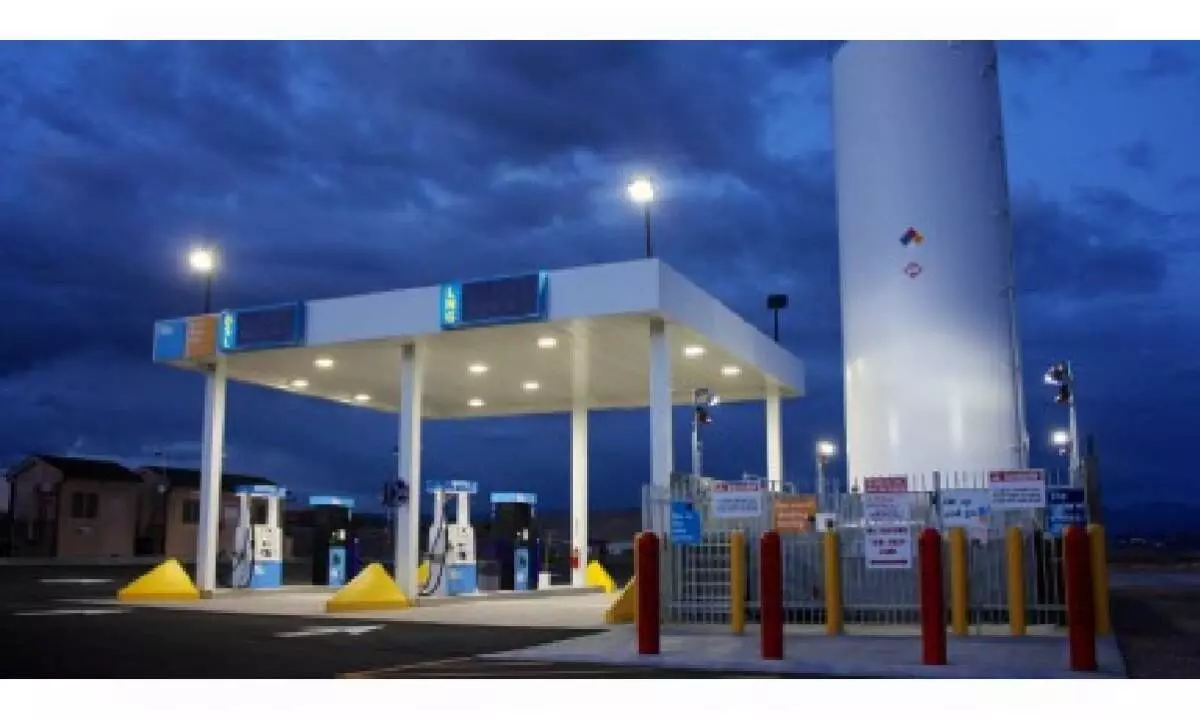Capital fuels credit growth of medium and small-sized NBFCs
ICRA expects the assets under management (AUM) of medium and small (M&S) non-banking financial companies (NBFCs), defined as those with AUM of up to Rs. 100 billion, to grow at a CAGR of 25-30% over FY2024 and FY2025.
image for illustrative purpose

Mumbai, Nov 16 : ICRA expects the assets under management (AUM) of medium and small (M&S) non-banking financial companies (NBFCs), defined as those with AUM of up to Rs. 100 billion, to grow at a CAGR of 25-30% over FY2024 and FY2025. Lower base and larger share of high growth segments like affordable housing, microfinance, secured business loans (SBL), used vehicle loans, unsecured loans (personal & consumption loans and unsecured business loans), are expected to support AUM expansion of these NBFCs.
ICRA has assessed the performance of about 105 medium and small (M&S) NBFCs to bring out the key trends in this segment. This cohort of entities accounts for about 14% of the overall NBFC industry AUM (excluding infrastructure financing entities) as of March 2023 and their AUM grew at higher CAGR of ~25% between March 2019 and March 2023 vis-à-vis NBFC industry AUM growth rate of ~9%.
“High growth in the past and the expected AUM expansion going forward, shall keep the portfolio seasoning at low levels, especially for the long-tail loans, namely affordable housing and secured business loans.” A.M. Karthik, Senior Vice President and Co-Group Head, Financial Sector Ratings, ICRA Limited.
The reported gross stage 3 (GS3) of the cohort of M&S entities assessed by ICRA was manageable at 2.6% in March 2023 (4.2% in March 2022), which is lower than the levels reported by larger players (a sample of 39 entities considered for ICRA’s analysis), driven by write-offs and faster AUM growth. However, in the long-tail loans, the lagged GS3 were sizeably higher, e.g., two-year lagged GS3 in March 2023 for SBL and affordable housing loans in the ICRA sample set were higher at 3.2% and 3.7% vis-à-vis the reported GS3 of 1.8% and 2.3% respectively. ICRA expects the GS3 of M&S NBFCs to increase by up to 60 bps from March 2023 levels as the portfolio seasons over the next two years.
Digital lenders in ICRA’s sample set reported higher loan losses; their write-offs (in relation to the opening loan book) stood at about 9-10% in the last two fiscals. These entities, however, have a lower loan tenor ranging from 1-12 months, thus write-offs, in relation to their average disbursements in the last two fiscals, stood at ~3.5-5.5%.
“M&S NBFCs have lowered their loan provisions over the last fiscal, as the business environment improved post the pandemic; provisions carried by entities in the unsecured loan space as of March 2023 were lower than the write-offs witnessed in the last fiscal. In view of the high growth expectation in this segment and, lower seasoning in the long-tail secured book, ICRA notes that there is scope for improving the same going forward,” said Karthik.
M&S NBFC growth in the past was supported by regular and sizeable capital raises in relation to their size and equity position. Investors – both private equity (PE) participants and retail investors - viewed the segment favourably, with some witnessing majority stake purchase by PEs and, some listing at the stock exchanges. M&S NBFCs raised fresh equity capital in the range of 15-20% of their opening net worth positions in the last two financial years.
M&S NBFCs would require sizeable debt funding of about Rs. 2.0-2.2 trillion over FY2024 and FY2025 to manage their growth expectations; loans from banks and financial institutions and securitisation have emerged as the key avenues, together accounting for close to 75% of their borrowings as of March 2023. Bank credit to the NBFC sector in general has expanded quite sharply, further, they are also the largest investors in the securitisation transactions of NBFCs. Overall bank credit expansion would be key for incremental credit flows to NBFCs to ensure the sectoral credit concentration is under check.
“Entities in the unsecured loan segments would be required to raise capital in the next 12-18 months to keep their leverage under control. SBL and housing-focused entities are adequately capitalised at present and have witnessed steady improvement in their earnings performance and thus may not need sizeable capital over the next three years to meet their growth requirements.” added Karthik.
Co-lending transactions by M&S NBFCs are on the rise, however, the same is largely seen in the unsecured loan segment with the counterparty mostly being other NBFCs. With better regulatory clarity, guidelines on digital lending and credit enhancements, wider and larger participation is expected from larger NBFCs and banks, who are looking to increase their retail exposures.
Overall, MFIs shall witness an improvement in their earnings (RoMA of 3.2-3.4% in FY2025 from 1.4% in FY2023) with increase in their business yields and normalisation of credit costs, while SBL, housing and vehicle loan-focused entities are expected to report range-bound RoMA at about 3.2-3.4%, 2.6-2.9% and 1.9-2.2% over the next two fiscals. Performance of the unsecured loans shall remain a monitorable and contingent on their asset quality performance. Sizeable improvement in the operating efficiencies and timely capital raise would be key for them to maintain their current RoMA of around 1.8-2.0% and 1.0-1.2% respectively for the entities in the personal loan and unsecured business loan space.

